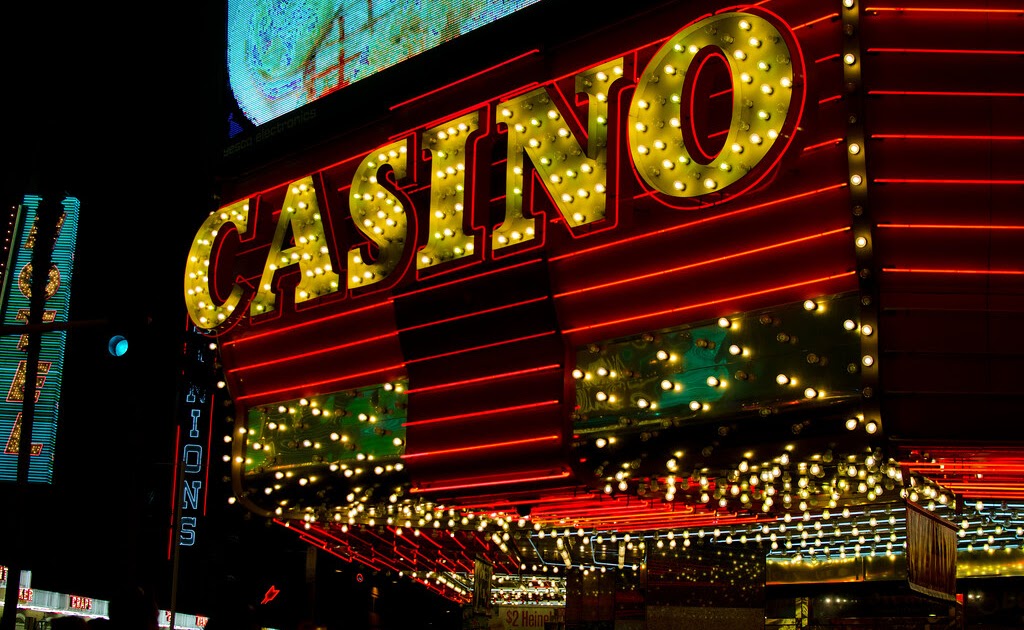
In a dynamic and exciting world of gaming establishments, wherein fortune and strategy intertwine, hues and aesthetic play a pivotal role in drawing in gamblers. From the moment players step into a casino or access a gaming platform, they are enveloped in a visual feast that captures their attention and lures them to explore further. Bright colors, captivating graphics, and creative layouts are meticulously crafted to create an atmosphere of thrill and expectation, ultimately enhancing the gaming encounter.
As gamblers move through the dynamic landscape of casino games, they come across a variety of designs that not only serve aesthetic purposes but also affect feelings and choices. Hues like scarlet and yellow symbolize wealth and fortune, while calm blues and greens can create a more relaxed environment. Understanding how these elements function together enables casinos to create an welcoming and energizing atmosphere that encourages players to engage with the games, spend additional time at the tables, and increase their overall enjoyment.
The Psychology of Tint in Gaming Establishments
Color plays a key role in the development of casino games, influencing player emotions and behaviors. Lively and striking shades, such as crimson and gold, are often used to incite enthusiasm and capture focus. These shades create a sense immediacy and vitality, encouraging gamblers to participate more readily with the experience. By thoughtfully selecting hues, creators aim to elicit emotions of satisfaction and expectation, which can enhance the overall game experience.
Distinct colors also have psychological meanings that can influence how players perceive their possibilities of success. For example, emerald is often associated with fortune and abundance, making it a well-liked choice in activities like the roulette wheel and poker games. This association can result players to feel more positive and assured in their play, ultimately motivating them to stake more. Understanding these connections allows game developers to create environments that enhance player satisfaction and retention.
In addition, the layout of casino game interfaces often utilizes blended colors and differing shades to direct players’ responses. For instance, winning results may be emphasized with vivid, differing hues, creating a visual reward. This approach supports successful results and encourages repeated participation. By utilizing the science of color, casinos can design games that not only draw participants but also maintain them interested and dedicated in their play experience.
Design Elements that Engage Gamers
The aesthetic appeal of gambling games is primarily influenced by the implementation of bold colors. Bright and striking colors are deliberately chosen to create an inviting atmosphere that captures interest. For example, crimson and golden hues often signify good fortune and prosperity, which is why they are common in the palettes of gaming machines and game surfaces. These colors not only attract players in, but they also stir emotions related to excitement and anticipation, enhancing the total gaming experience.
In addition to color, the design and organization of gambling games play a significant role in player attraction. Games are designed to be intuitive, ensuring that players can quickly understand the rules and mechanics. User-friendly interfaces, along with captivating graphics and animations, help maintain player interest and encourage extended play sessions. The physical elements, such as the feel of the buttons and the audio of the games, also add to a holistic sensory experience that keeps players immersed.
In conclusion, conceptual elements in game design can significantly influence player choice. Many gambling games are inspired by media, myths, or exploration motifs, featuring symbols and characters that resonate with players. These themes create a sense of engagement and connection, making each game feel distinct. When players feel a connection to the theme, they are more likely to opt for that game over others, leading to increased participation and excitement within the casino environment.
Case Studies: Effective Gambling Game Designs
One key example of impressive casino game design is the acclaimed slot machine series themed around popular movies. Games such as those based on the Wizard of Oz and Game of thrones utilize bright colors and top-notch graphics to immerse players in recognizable narratives. The employment of moving visuals and entertaining sound effects grabs the interest of players, building an affective connection to the theme. This strategy not only promotes longer play but also improves the overall gaming experience, leading to increased player retention.
Another notable case is the use of color in table games like blackjack and the wheel. Casinos often develop these games with rich reds and greens, colors traditionally associated with luck and wealth. non GamStop For instance, the emerald felt on a 21 table provides a calming effect, while the red accents in roulette invite thrill. This intentional use of color helps to establish an inviting atmosphere that motivates players to join in, fulfilling their psychological impulses and boosting their enjoyment.
Finally, online casino games that include community features and bright, dynamic designs have achieved remarkable success in engaging players. Games like Zynga Poker and Slot-O-Mania leverage bright colors and playful animations to forge an inviting online environment. The integration of leaderboards, community sharing options, and in-app rewards promotes competition and community, pulling players in for longer sessions. Such designs merely make the games visually appealing but also underscore community engagement, a vital factor in player retention and engagement within digital casino environments.
